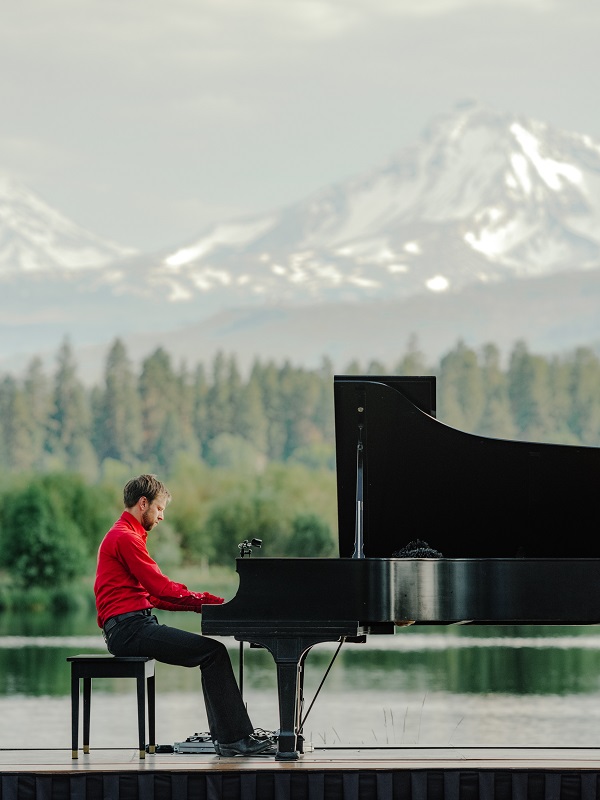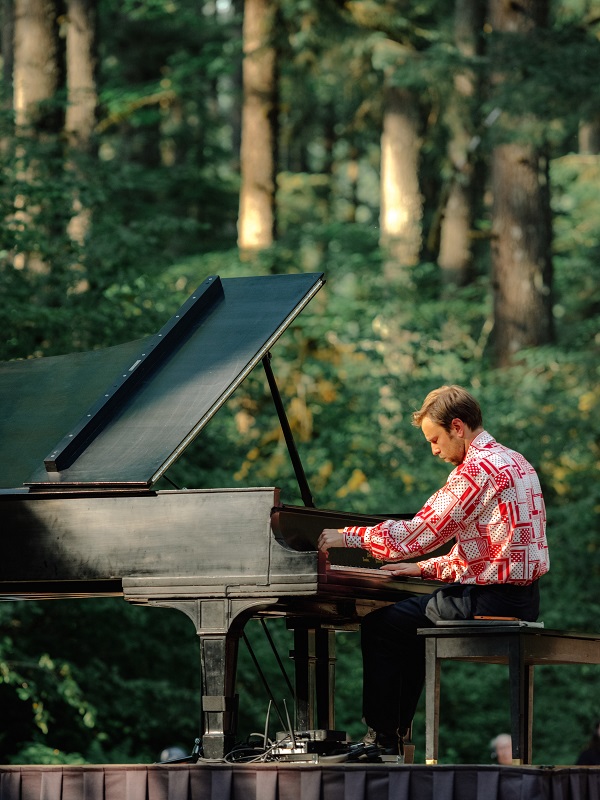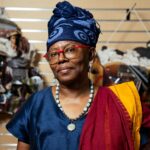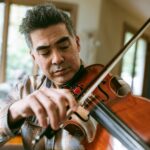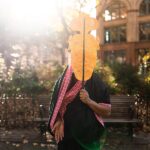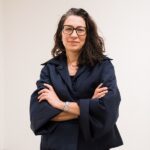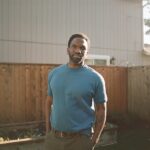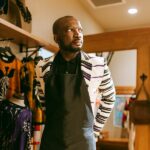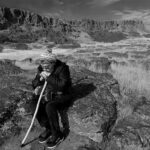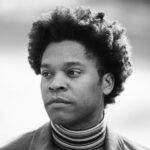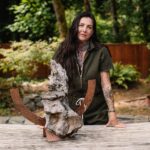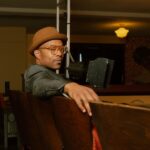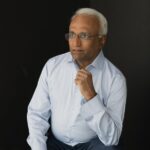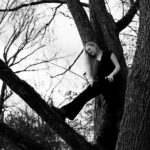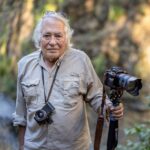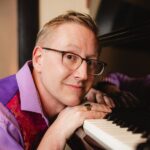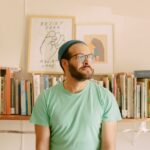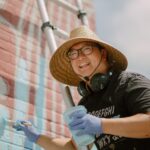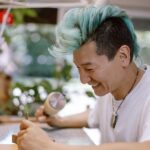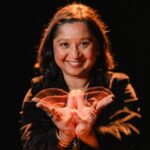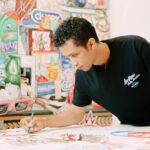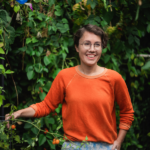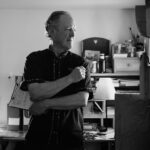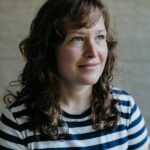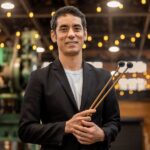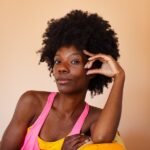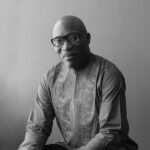ANYWHERE THAT IS WILD
Written by Mamie Stevenson Morago; Photographed by Arthur Hitchcock
It’s been said of the writer, environmental advocate, and quintessential “great outdoorsman,” John Muir, that upon arriving by boat to the bustling metropolis of San Francisco in 1868, he immediately asked the locals the quickest way out. When a passerby inquired about where, exactly, he wanted to go, Muir replied, “Anywhere that is wild.”
Muir was then directed east—through dense, sequoia-laden forests and expansive mountain vistas—to Yosemite. And it was here that musician Hunter Noack found himself over a century later, on a backpacking trip hosted by the Sierra Club, established by Muir in 1892. Intoxicated by the boundlessness of the natural world and the ease of a life stuffed inside an REI travel pack, Noack’s reverence for the outdoors was further solidified.
This trip inspired others like it throughout Noack’s early adulthood, even as he moved from school in Michigan to California to the UK to pursue an education and career as a classically trained pianist. “I just couldn’t get enough of having everything I needed on my back,” he recalls.
Noack’s load is a little heavier these days. Carting a nine-foot Steinway on a flatbed truck through the varying and rich landscapes of the American West, he and his team—comprised of his mother, stepfather, and a small group of staff and crew—produce piano concertos in the wild for his IN A LANDSCAPE series.
The inspiration for this undertaking is simple: a classically trained pianist wants to spend as much time in nature as possible. Whether his Steinway is set up piece-by-piece on a cliff overlooking a river or atop the flat, dusty terrain of a mountainous valley, Noack invites the sounds of his surroundings to play alongside his renditions of classical pieces, including those of Robert Schumann, Maurice Ravel, Frédéric Chopin, and John Cage. Concertgoers are given headphones to ensure exceptional acoustics and the freedom to roam about and explore as the music plays. With this, Noack takes audiences on a journey through the senses, offering a soundtrack to nature that plays with the organic aural, visual, olfactory, and tactile qualities of the great outdoors.
Contrast is an important element of Noack’s project, evident in the interplay between the sublime forces of nature and that which is manmade. Whereas most people would expect to see a Steinway in the uncompromising, formal environment of a concert hall, Noack’s keys add to the whimsy of elements beyond our control: unpredictable wind and weather, birdsong, and the rustle of two squirrels chasing each other. It’s fitting for the artist because Noack himself is a contrast: part delicate, youthful savante brimming with potential; part seasoned outdoorsman with a steadfast belief in nature’s virtue, and a reverence for John Muir’s writings.
Contrast and experimentation were not always readily available to Noack, though. “Growing up, my practice was fairly regimented,” he says. “I didn’t always know how to ‘play’ the piano.” Yet, performing outside has created an opportunity for playfulness and possibility—qualities he seldom found in the practice rooms and concert halls of his early career—enhancing his love for the art form even more.
When he wasn’t practicing piano with his beloved teachers—aspiring to the talent of his mother, Lori, who also played and served as the executive director of the Sunriver Music Festival—Noack spent much of his childhood exploring the outdoors, hiking, fishing, and hunting with his dad in central Oregon and the Deschutes National Forest. Through the rote techniques of churning the paddle, casting the line, and flaying the meat, he began to appreciate the simple yet gratifying joy of practice.
For most of his life, however, Noack’s two great passions remained separate. A rigorous education, spanning Interlochen Arts Academy, the San Francisco Conservatory, University of Southern California, and London’s Guildhall School of Music, rarely afforded him the chance to venture into the wild.
Noack had initially planned to stay in London upon graduating from Guildhall, where, in 2014, the school’s coLABorate program awarded him for experimenting with “atypical formats for presenting live classical music.” But the mountains—and the trees, lakes, and rivers—were calling him, echoing all the way back to his native Oregon, where friends, family, and a burgeoning romance with Pink Martini’s Thomas Lauderdale awaited him.


